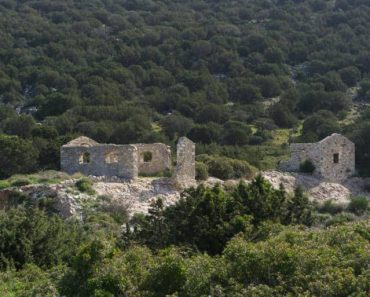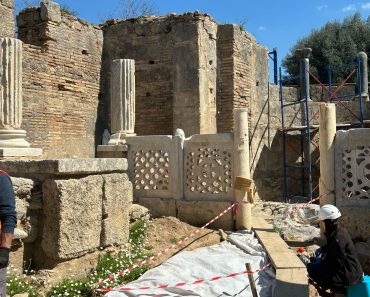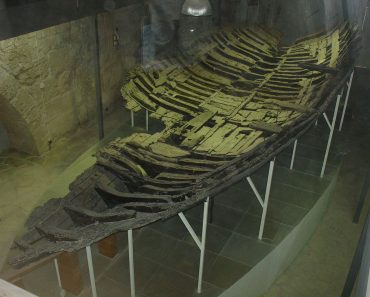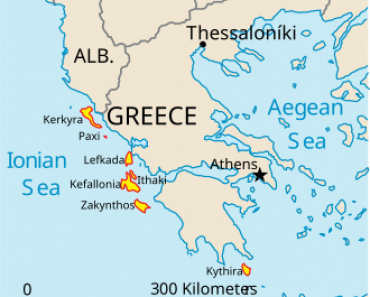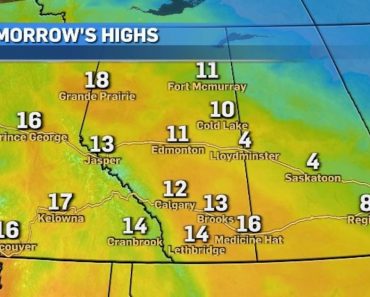
A new study led by the University of Cambridge points to a series of extreme droughts as a key factor behind one of the most severe invasions in Roman Britain’s history—known as the “Barbarian Conspiracy” of 367 CE.
Published in the journal Climatic Change, the research used tree-ring data from ancient oak trees to reconstruct weather patterns in southern Britain. Scientists found evidence of three consecutive summers of drought from 364 to 366 CE, a period immediately preceding the coordinated attacks by the Picts, Scotti, and Saxons.
Researchers say the lack of rain led to widespread food shortages, weakening the Roman province’s stability and leaving it vulnerable to attack.
The Picts invaded from the north, the Scotti attacked from the west—modern-day Ireland—and the Saxons arrived from the continent to the south. Historical records suggest that parts of the Roman garrison along Hadrian’s Wall betrayed the empire, allowing enemies to cross into the heart of the province.
Invasion, betrayal, and the collapse of Roman order
Roman commanders were killed or captured, and some soldiers deserted to join the invaders. Throughout the spring and summer, raiding parties looted the countryside, plunging Britain into chaos.
It took nearly two years for Roman forces sent by Emperor Valentinian I to restore control. However, many historians argue the province never fully recovered. Roman rule officially ended around 410 CE.
The study’s lead author, Charles Norman of Cambridge’s Department of Geography, said the new climate data provides a potential explanation for the timing of the collapse.
“We don’t have much archaeological evidence for the ‘Barbarian Conspiracy’. Written accounts from the period give some background, but our findings provide an explanation for the catalyst of this major event.”
Tree-ring data reveals record-breaking drought years
The analysis shows that from 350 to 500 CE, average rainfall during the main growing season (April to July) was about 51 millimeters.
In contrast, rainfall dropped to 29 millimeters in 364 CE, 28 millimeters in 365, and only slightly improved to 37 millimeters in 366. These back-to-back dry years severely impacted agriculture.
Professor Ulf Büntgen, also from Cambridge’s Department of Geography, said the droughts would have devastated the region’s farmland.
“Three consecutive droughts would have had a devastating impact on the productivity of Roman Britain’s most important agricultural region. As Roman writers tell us, this resulted in food shortages with all of the destabilizing societal effects this brings.”
Drought, crop failure, and the decline of Roman Britain
Roman Britain relied heavily on crops like spelt wheat and six-row barley, which were usually planted in the spring due to the region’s wet climate. But this made them vulnerable to dry spells in late spring and early summer, often resulting in crop failure.
Supporting the study’s findings, Roman historian Ammianus Marcellinus described Britain in 367 CE as being in a state of severe famine, underlining the devastating impact of the drought and the resulting social collapse.


